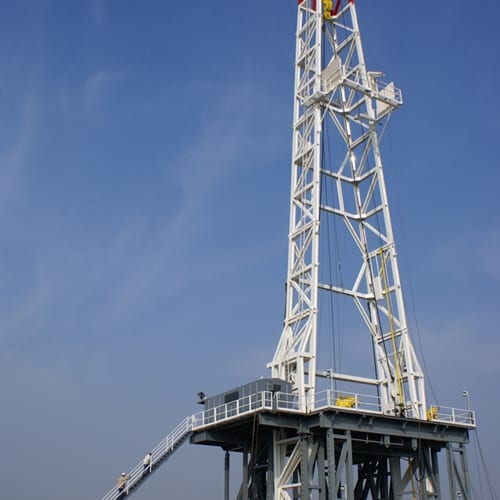Shell may pursue operations in Arctic areas after gaining approval for a permit application from the US government. Earlier this month, the Bureau of Safety and Environmental Enforcement (BSEE) announced in a press release that Shell can explore certain zones, provided it complies with safety requirements. One of the key factors in its activity is whether the company keeps a capping stack nearby to block oil spills in an emergency.
This latest action shows the limitations that Shell has to work within, even though it is still allowed to work in areas near offshore Alaska. Some of these requirements include the need for "strong operator management and government oversight" as well as policies that minimize environmental damage.
Capping stack requirements are relatively recent in energy excavation, dating back only to 2010 as a major aid for deepwater sites. In addition to the stack itself, the company also has to keep it on a ship that is within 24 hours of its Burger Prospect site.
In a article from a 2014 issue of The Way Ahead, Mauricio Madrid and Antony Matson explain part of the process of installing the stack when it is necessary to do so. As they note, this involves preliminary work to guarantee proper function.
"Before the capping stack arrives, a remotely operated vehicle (ROV) inspects the seabed site and engineers zero in on precisely what equipment is needed," they write. "Then debris is removed and the wellhead is prepared. After the equipment arrives, the capping stack is carefully maneuvered into place over the wellhead."
This shows that conducting safety measures requires multiple systems, not just the immediate response. As such, operators may choose ROV insurance alongside other kinds of insurance for related vessels, equipment and crew.

